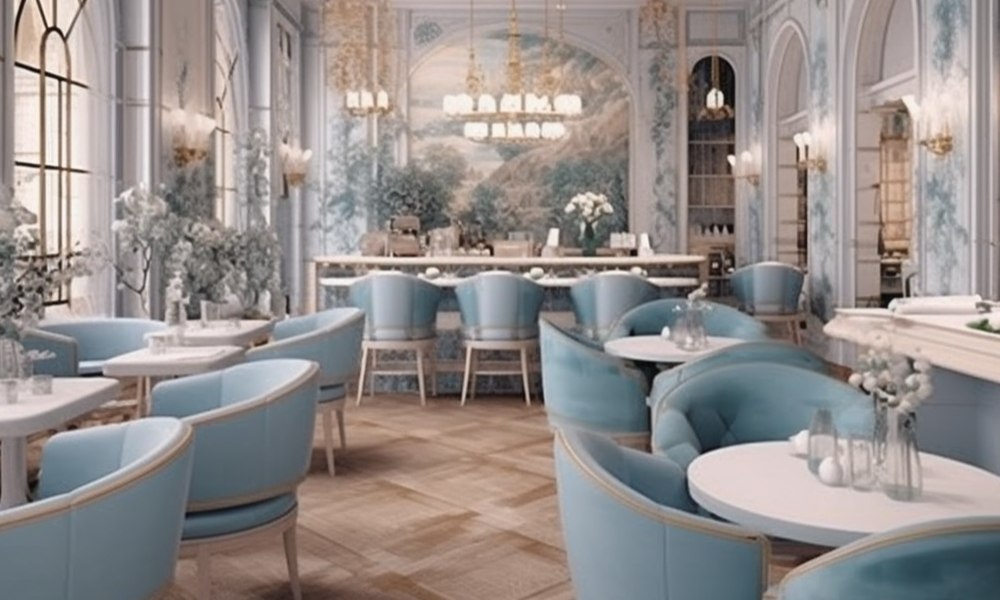When it comes to interior design, mixing patterns and textures can elevate your space from ordinary to extraordinary. By combining different patterns and textures, you can add depth, visual interest, and personality to any room. However, achieving a stylish and cohesive look requires careful consideration and thoughtful execution. Here are some tips to help you master the art of mixing patterns and textures:
1. Start with a Neutral Base:
Begin by establishing a neutral base for your space, such as a neutral-colored wall, flooring, or large furniture pieces. Neutral elements provide a calm and cohesive backdrop that allows patterns and textures to shine without overwhelming the space.
2. Stick to a Color Palette:
Select a cohesive color palette that will guide your pattern and texture choices. Choose a primary color and one or two accent colors that complement each other. Having a unified color scheme ensures that the different patterns and textures work harmoniously together.
3. Vary the Scale of Patterns:
Mix patterns of different scales to create visual interest. Pair larger-scale patterns with smaller-scale ones to maintain balance and avoid overwhelming the space. For example, pair a large floral print with a small geometric pattern or a bold stripe with a delicate polka dot.
4. Use a Mix of Pattern Types:
Combine different types of patterns to create a dynamic and layered look. Experiment with floral, geometric, striped, animal print, and abstract patterns. Mix organic and structured patterns to add depth and contrast. Remember to consider the overall style and mood you want to achieve in the space.
5. Consider Color Intensity:
Ensure that the intensity of colors within your patterns is balanced. Pair vibrant and bold patterns with more subdued ones to avoid visual overload. If one pattern is particularly busy or colorful, balance it out with simpler and more neutral patterns.
6. Incorporate Texture:
Alongside patterns, introduce various textures to add tactile interest to the space. Mix smooth and rough textures, such as velvet, woven fabrics, leather, rattan, or metallic accents. Textures create depth and dimension, enhancing the overall visual appeal.
7. Create Visual Balance:
Aim for a balanced distribution of patterns and textures throughout the space. Place patterned and textured elements strategically, considering the scale, location, and proportion within the room. Distribute them evenly to create a cohesive and visually pleasing arrangement.
8. Use Solid Colors as Anchors:
Intersperse solid-colored elements to provide visual relief and create a sense of continuity. Use solid-colored furniture, cushions, curtains, or rugs as anchors between patterned and textured pieces. This helps to prevent the space from feeling overwhelming.
9. Test with Samples:
Before committing to large-scale purchases, gather samples of different patterns and textures you intend to incorporate. Lay them out together and assess how they work together. This will give you a better sense of the overall look and allow you to make adjustments if needed.
10. Trust Your Instincts:
Design is subjective, and there are no hard and fast rules. Trust your instincts and have fun experimenting with patterns and textures. Let your personal style and taste guide you, and don’t be afraid to take risks and try unconventional combinations.
Mixing patterns and textures is an art that evolves with practice and experimentation. As you gain confidence, you’ll discover your unique style and preferences. Embrace the process and enjoy creating a space that reflects your personality and captivates the senses. With these tips, you’ll be well on your way to achieving a stylish and cohesive look that makes a bold statement.




